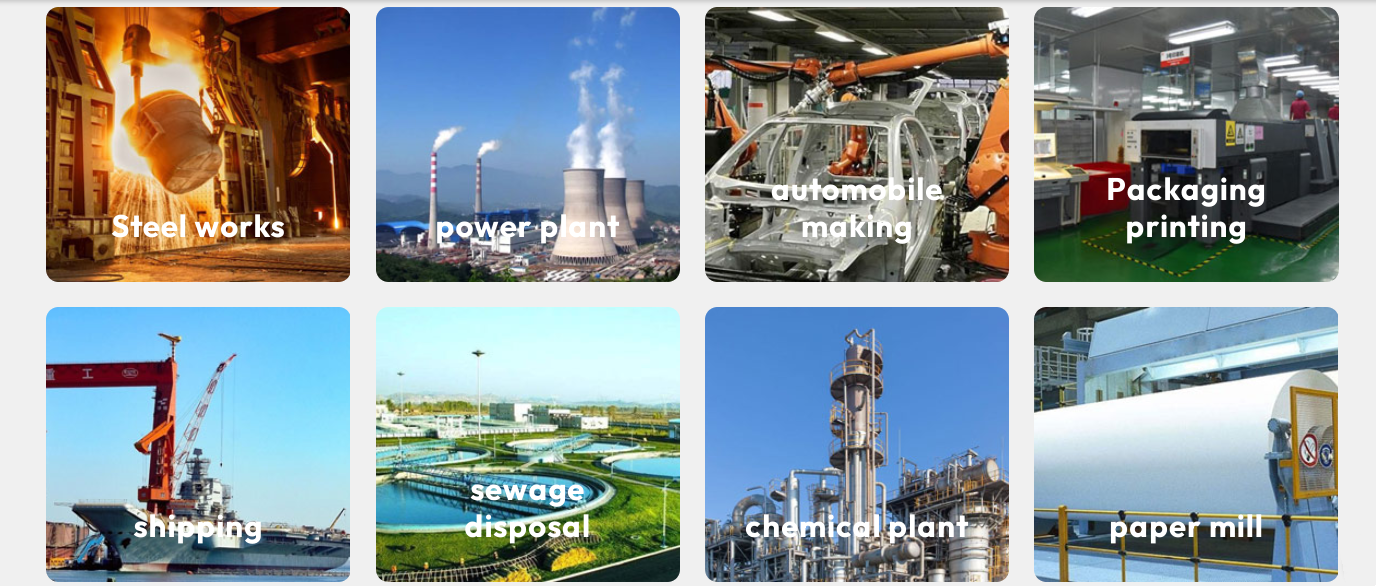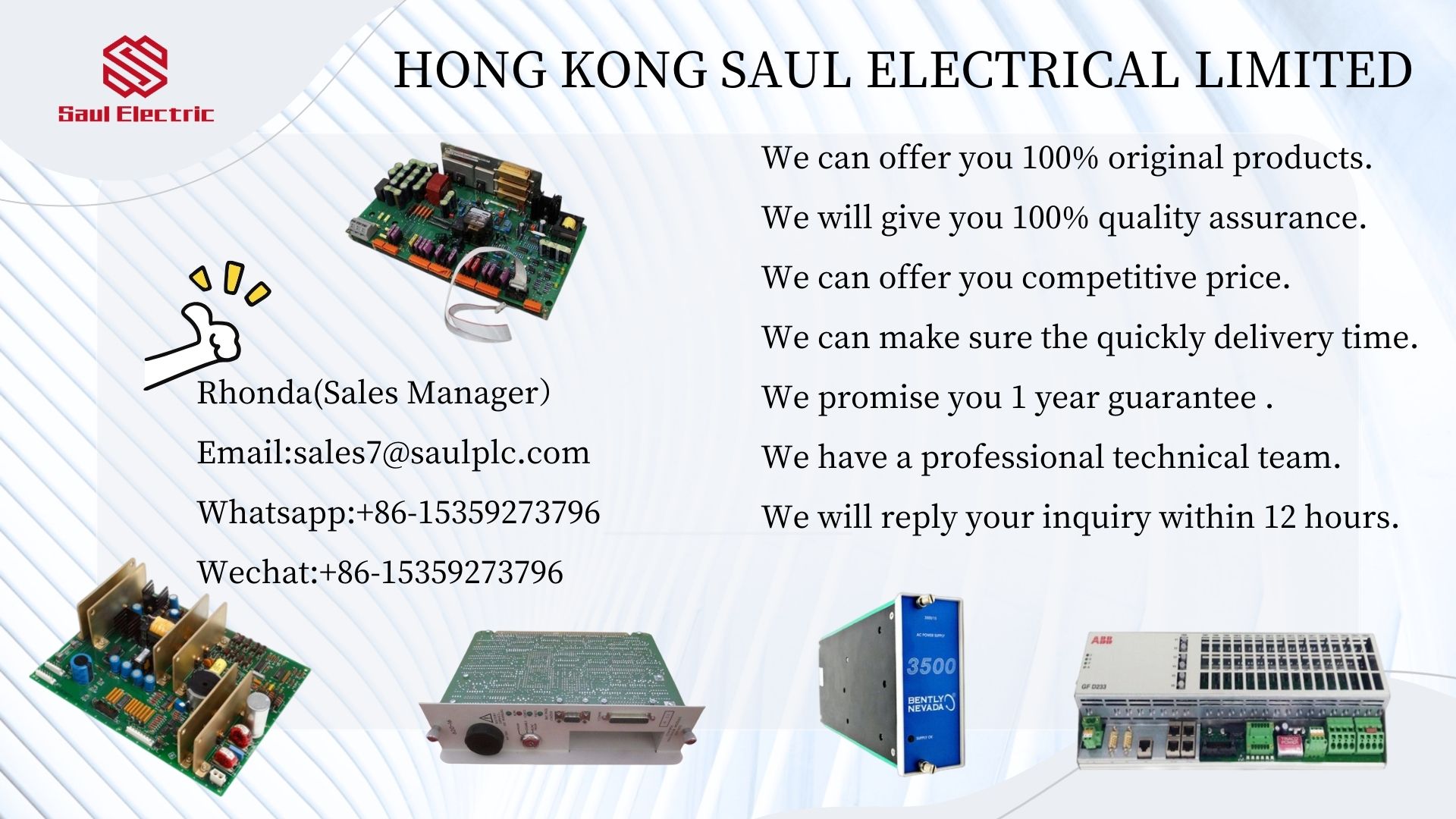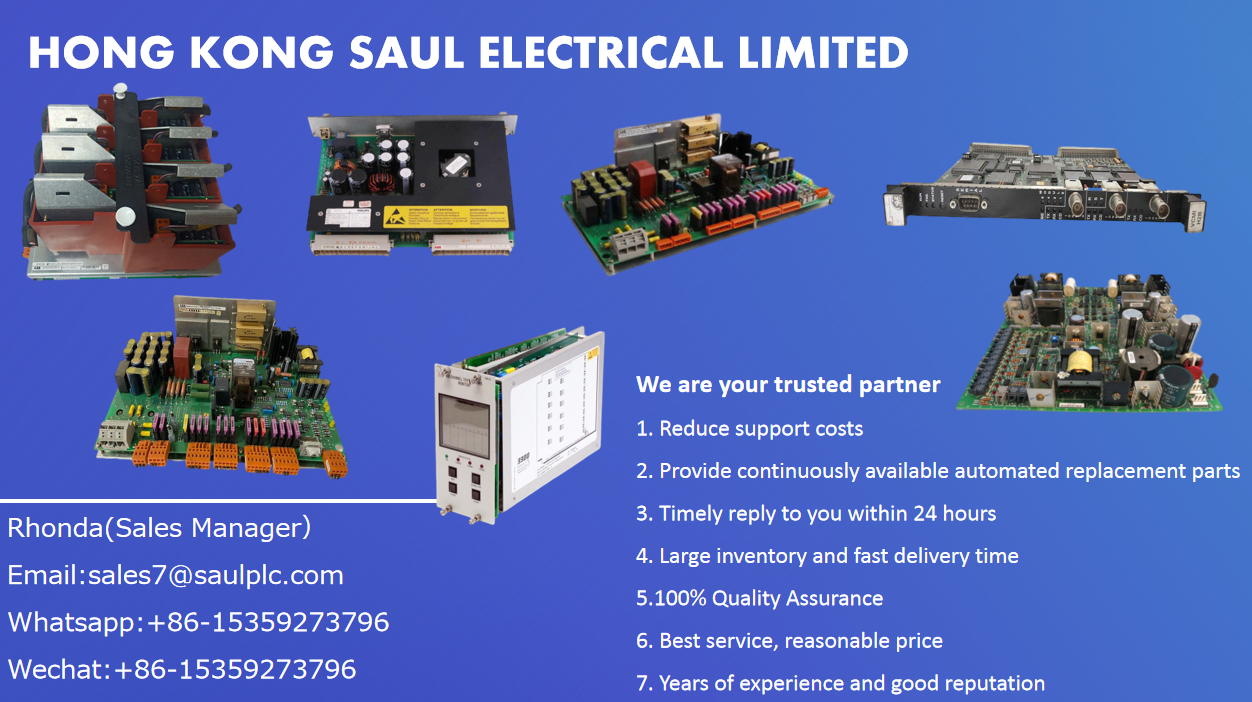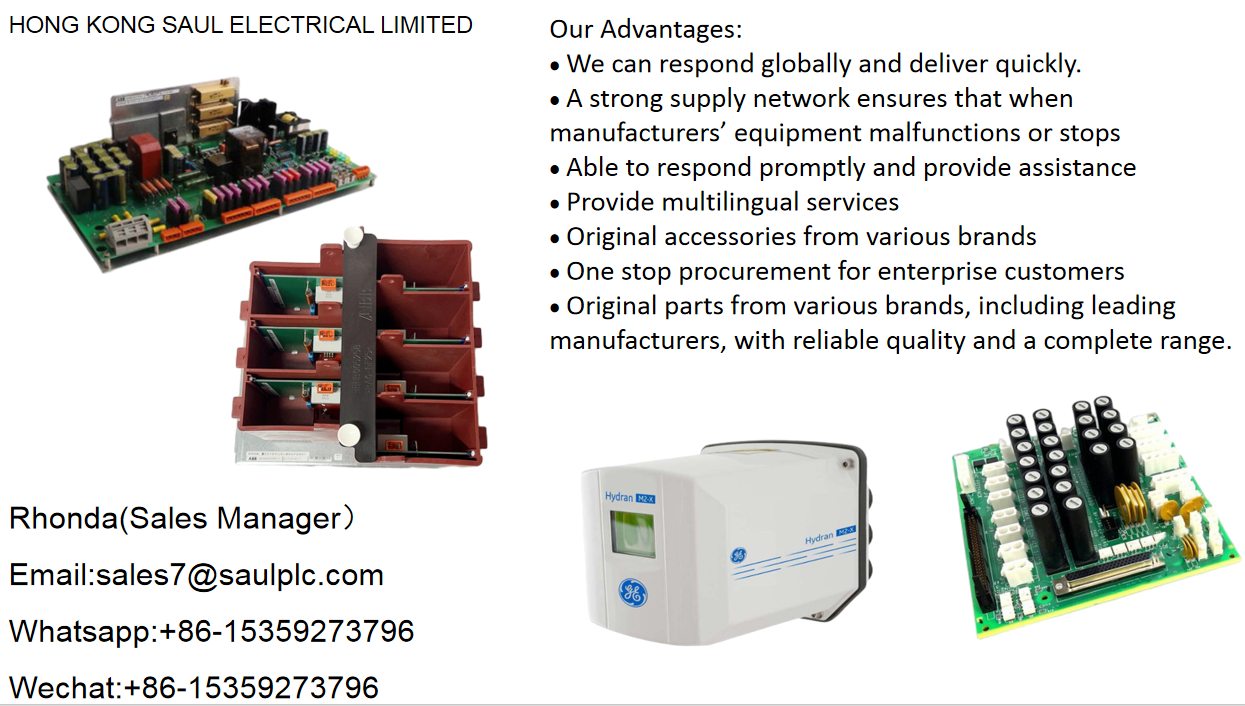Since the beginning of the year, humanoid robots have often dominated hot topics and become one of the hot topics in the technology industry.
On May 13th, Yushu Technology released the Unitree G1 humanoid intelligent agent, which starts at 99000 yuan and is available on JD.com stores. Compared to other humanoid robots that often sell for hundreds of thousands or millions of yuan, some netizens say that the Unitree G1 has “knocked down” the high price of humanoid robots.
In early May, Tesla released a video of its second-generation Optimus Prime humanoid robot working in its own factory, showcasing the scene of the Optimus Prime robot assembling batteries in a battery factory.
At the end of April, the Beijing Humanoid Robot Innovation Center released the world’s first fully sized electric driven humanoid running robot, “Tiangong,” which can run steadily at a speed of 6 kilometers per hour.
Previously, in the article “In factories that college students don’t like to enter, they actually go to work”, we also explored the application scenarios of humanoid robots in the field of industrial manufacturing. Among them, the video of domestic humanoid robot Walker S assisting humans in completing car assembly and quality inspection operations on the assembly line of new energy vehicle factories has attracted attention.
In April of this year, the first China Humanoid Robot Industry Conference released a research report on the humanoid robot industry, predicting that the market size of China’s humanoid robots will be about 2.76 billion yuan in 2024; In 2026, it reached 10.471 billion yuan; By 2029, it will reach 75 billion yuan, accounting for 32.7% of the world’s total; By 2035, the market size is expected to reach 300 billion yuan.
The industry has more optimistic expectations for the future of humanoid robots, especially in terms of policies, which also show more positive signals. For example, in October 2023, the Ministry of Industry and Information Technology issued the “Guiding Opinions on the Innovation and Development of Humanoid Robots”, in which the Chinese government proposed the goal of establishing an initial innovation system for humanoid robots and achieving mass production by 2025. By 2027, it is expected that the technological innovation capability of humanoid robots will be significantly improved, the industrial scale development will accelerate, and the application scenarios will become more diverse.
Humanoid robots are on the rise, should we focus on the “humanoid” shape or the functionality of the robots themselves?
Humanoid robots refer to intelligent robots that resemble humans in appearance and movement. They typically have a body structure similar to humans, including the head, torso, and limbs. They can walk on both feet, perform multiple operations with their hands, and possess certain cognitive and decision-making abilities.
Based on the usage scenarios of humanoid robots announced by multiple manufacturers this year, intelligent manufacturing, especially in the automotive manufacturing field, is expected to be the first field to implement humanoid robots. They can be used for assembly and assembly, handling and logistics, collaborative production, quality inspection, equipment maintenance and inspection, etc.
So the question is, if the role of humanoid robots is to replace repetitive, dangerous, or dirty work tasks, why must we develop humanoid robots? So many automation devices, such as AGV cars and robotic arms, are also capable of assisting humans in their work while also fulfilling their mobility needs.
Moreover, unlike ordinary industrial robots, humanoid robots have significant differences in structural design, hardware composition, control algorithms, core performance requirements, component selection, cost control, and other aspects.
At the technical level, humanoid robots need to integrate complex perception abilities such as vision, hearing, touch, etc. to simulate human perception systems; At the same time, there is a higher demand for AI algorithms, which require advanced decision-making and learning abilities to achieve human like intelligent behavior; In addition, the control algorithms are more complex and require the implementation of complex motion control algorithms, such as balance, walking, and fine hand movements.
Secondly, in terms of action, humanoid robots need to move freely and perform tasks in various environments. How to ensure the long-term endurance of humanoid robots while also ensuring their portability and flexibility poses a major challenge to the built-in battery system.
Finally, there is also a significant gap in cost. Due to the complex design and high-end hardware requirements of humanoid robots, the manufacturing cost is relatively high, requiring more investment in research and development and manufacturing. Ordinary industrial robots usually focus more on cost-effectiveness and need to control manufacturing costs while ensuring performance to improve production efficiency and competitiveness.
Complex and precise, with high cost, if the value of robots lies in helping humans complete various complex or tedious work tasks that are difficult to complete, unlike humans, which are not actually important things, practicality is sufficient.
Industry experts analyze that there are two main reasons why robots are designed to resemble humans: 1. Most of the working environments, facilities, and tools in the physical world are designed for human body shape. Designing robots with adult body types has the best versatility and can quickly adapt to various scenarios. When developing AGI (General Artificial Intelligence) based on humanoid robots, human video data can be used for training to improve training efficiency.
At present, the development of humanoid robots still belongs to the stage where the “body” leads the “brain”. “Body” refers to the hardware equipment of humanoid robots, while “brain” refers to the software algorithms of robots. The main reason why humanoid robots have been difficult to commercialize for many years is the lack of universal intelligence to support their cross scenario applications and leverage the advantages of human form.
The ultimate goal of humanoid robots is to become general-purpose robots that can adapt to different environments, perform different tasks, and do not require separate construction sites and tools. They are suitable for a wider range of scenarios, but this also requires the joint advancement of technologies such as artificial intelligence, high-end manufacturing, and new materials to achieve.
Despite the era of artificial intelligence, the development of AI technology has led to a qualitative leap in humanoid robots. The huge research and development costs and difficulties in commercialization have also led to many robot companies facing difficulties. For example, as industry pioneers, Pepper, ASIMO, Atlas, and others bid farewell to the market or cannot find suitable application scenarios.
From this perspective, whether humanoid robots must be humanoid or not ultimately needs to return to specific usage scenarios.
Firstly, the key to intelligent manufacturing lies in improving production efficiency and quality, rather than imitating human appearances. On industrial production lines, the task of robots is usually to perform repetitive and high-precision actions, such as assembly, welding, etc., which do not require robots to have a human appearance. On the contrary, designing more compact and efficient robot structures based on specific task requirements may be more conducive to improving production efficiency and reducing costs.
Secondly, the design of robots in intelligent manufacturing should prioritize safety and operational efficiency. In industrial production environments, robots need to cooperate with various equipment and tools, and humanoid design may not always be the most suitable for these work scenarios. By designing robot shapes and structures that better meet work requirements, the safety and operational efficiency of robots on industrial production lines can be improved, and potential risks and failures can be reduced.
In addition, robot design in intelligent manufacturing can also draw inspiration from natural forms to create more efficient and adaptable robots. For example, spider like robots in biomimetics can simulate the movement of spiders, demonstrating better flexibility and adaptability in narrow spaces, thereby improving operational efficiency and flexibility on production lines.
Overall, in industrial intelligent manufacturing scenarios, the design of robots should focus on functionality and efficiency, rather than blindly pursuing humanization. Flexible design concepts can bring more innovation and advantages to industrial intelligent manufacturing, improve production efficiency and quality, and reduce costs and risks. Therefore, humanoid robots in intelligent manufacturing scenarios do not necessarily adhere to “humanoid” design, but should choose the most suitable robot shape and structure based on specific production needs to achieve more efficient intelligent manufacturing.









